Why personalized emails still matter to marketers
Published on May 23, 2025/Last edited on November 11, 2025/10 min read
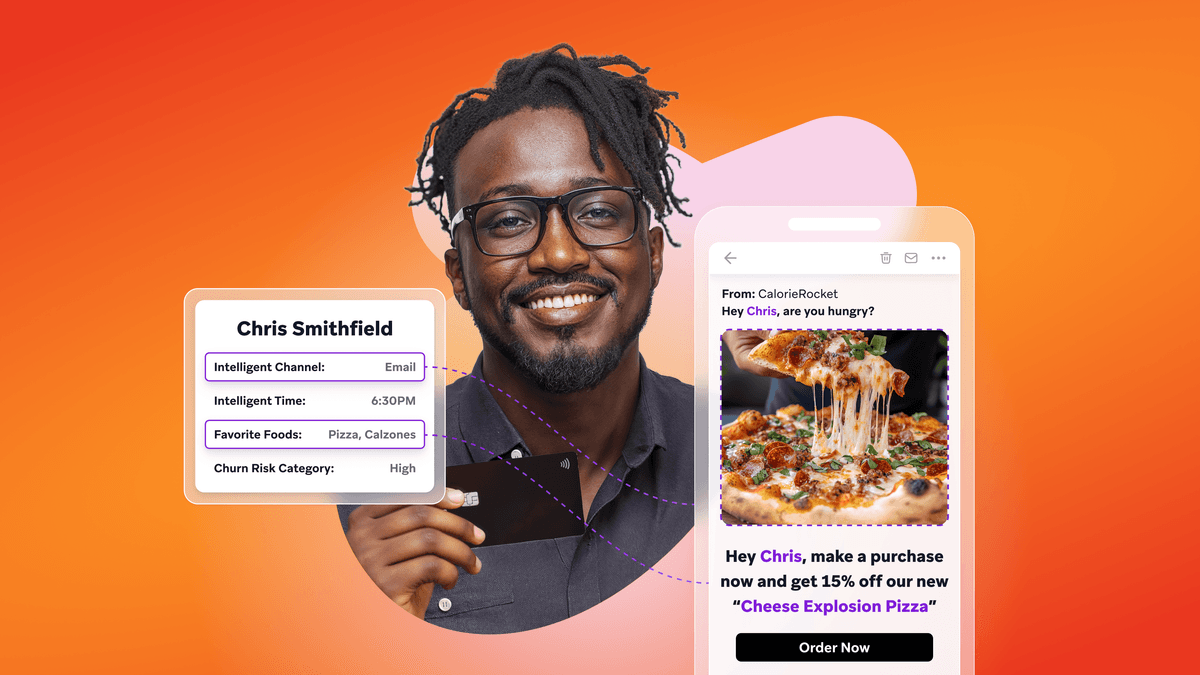
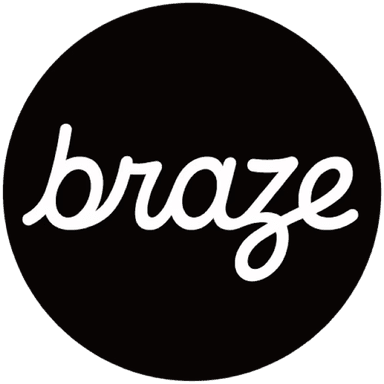
Team Braze
Standing out has never been more challenging, as consumers are inundated on all sides from brands. Here consumers are inundated with messages from countless brands, standing out has never been more challenging. But customers aren’t all the same, and personalizing their experiences is essential for success. Personalization in email marketing has evolved significantly, transforming from a nice-to-have feature into a crucial driver of engagement and customer loyalty.
In this article, we’ll explore effective strategies for implementing personalization at scale, including dynamic content, behavioral triggers, and real-time data applications. Lastly, we’ll also provide practical tips for setting up personalized email campaigns using Braze, highlighting tools such as Connected Content and predictive modeling.
Table of Contents
- What is email personalization?
- Why is email personalization important?
- Personalization strategies in email marketing
- Using AI for email personalization
- Real life examples of personalized marketing
- Conclusion
- FAQs
What is email personalization?
Email personalization refers to tailoring email content to individual recipients based on data and insights about their preferences, behaviors, and interactions with your brand. This can range from simple tactics, such as including the recipient’s name in the subject line, to more complex strategies that involve dynamic content and behavioral triggers. The goal of email personalization is to create relevant and engaging experiences that resonate with each subscriber, ultimately leading to higher open rates, click-through rates, and conversions.
Why is email personalization important?
By delivering tailored content that aligns with individual preferences and behaviors, brands can foster deeper connections with their audience, enhance customer loyalty, and drive repeat business. Consumers seek and encourage more meaningful interactions with brands, and personalization is essential for standing out in a crowded inbox.
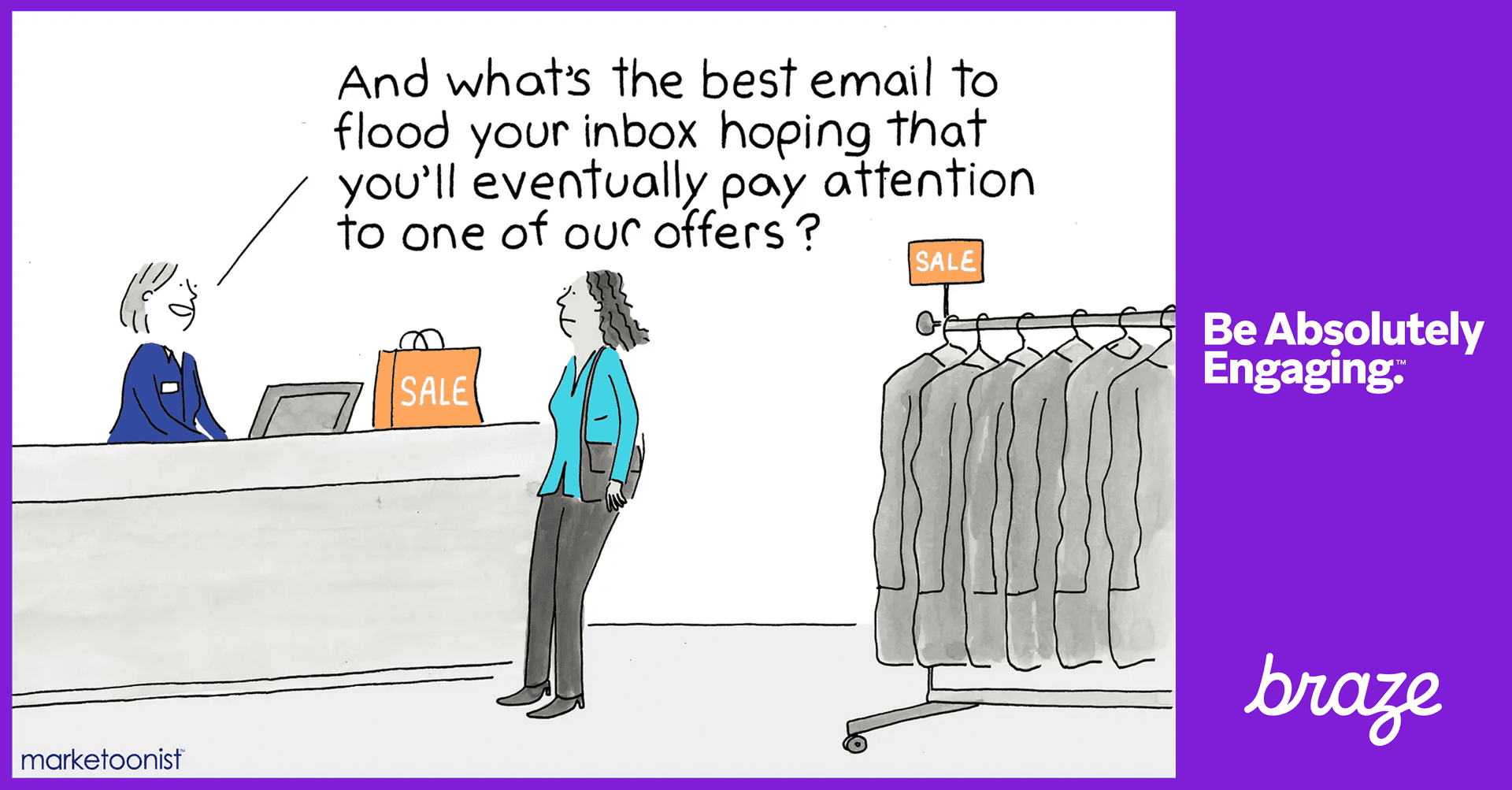
Personalization strategies in email marketing
To effectively implement email personalization, marketers can leverage a variety of tactics. Here are some key things to consider:
Data collection
The foundation of effective email personalization lies in data collection. By gathering relevant information about your subscribers, you can create detailed customer profiles that inform your personalization efforts. This data can include demographic information, purchase history, browsing behavior, and preferences.
Using forms, surveys, and tracking tools can help you collect valuable insights that enhance your understanding of your audience. The more data you have, the better equipped you are to deliver personalized experiences.
Name-based personalization
One of the simplest, yet most effective personalization tactics is name-based personalization. By addressing recipients by their first name in the subject line or email body, you create a more intimate and engaging experience. This small touch can significantly increase open rates and make your emails feel more personal—although it’s often considered tablestakes.
Segmenting audiences
Segmentation involves dividing your audience into distinct groups based on shared characteristics or behaviors. By segmenting your email list, you can tailor your messaging to resonate with specific audiences. For example, you might create segments based on demographics, purchase history, or engagement levels. This allows you to send targeted content that speaks directly to the interests and needs of each group.
Using dynamic content
Dynamic content allows you to customize email messages in real-time based on user data. This means that different recipients can see different content within the same email campaign. For instance, you can showcase product recommendations based on past purchases or display personalized discounts for items users have viewed. Dynamic content enhances relevance and engagement, driving higher conversion rates.
Recommending content
Personalized content recommendations are a powerful way to enhance the customer experience. By analyzing user behavior and preferences, you can suggest products or content that align with their interests. This not only increases the likelihood of conversions but also helps customers discover new offerings they may not have considered.
Liquid
Liquid is a powerful templating language that allows marketers to personalize email content by pulling in customer attributes. With Liquid, you can easily add dynamic elements to your emails, such as personalized greetings, product recommendations, and more.
Event- and attribute-based personalization
Event- and attribute-based personalization involves tailoring messages based on specific user actions or attributes. For example, if a customer recently abandoned their shopping cart, you can send a targeted email reminding them of the items left behind. Similarly, if a user has a birthday coming up, you can send a special offer to celebrate.
Location-based personalization
Location-based personalization allows you to tailor content based on the recipient's geographic location. This can be particularly effective for businesses with physical stores or region-specific offerings. For instance, you can promote local events, store openings, or region-specific products to customers based on their location.
Language-based personalization
In a global marketplace, language-based personalization is essential for reaching diverse audiences. By offering content in the preferred language of your subscribers, you enhance their experience and increase engagement. This can involve creating multiple language variants of your emails and using tools like Liquid to automatically send the appropriate version to each recipient.
Delivery-time personalization
Timing is crucial in email marketing. Delivery-time personalization involves sending emails at the optimal time for each recipient, based on their past engagement patterns. By analyzing when subscribers are most likely to open and engage with emails, you can increase the chances of your messages being seen and acted upon.
Watch the on-demand webinar featuring Movable Ink and TurboTax to explore effective strategies that will elevate your email marketing game.
Using AI for Email Personalization
Artificial intelligence (AI) is revolutionizing email personalization by enabling marketers to leverage data and insights at scale. Here are some key BrazeAI™ features that enhance email personalization:
AI Copywriting Assistant
The Braze AI Copywriting Assistant helps marketers overcome creative blocks by generating email copy based on prompts. This feature can streamline the content creation process, allowing you to quickly produce engaging messages.
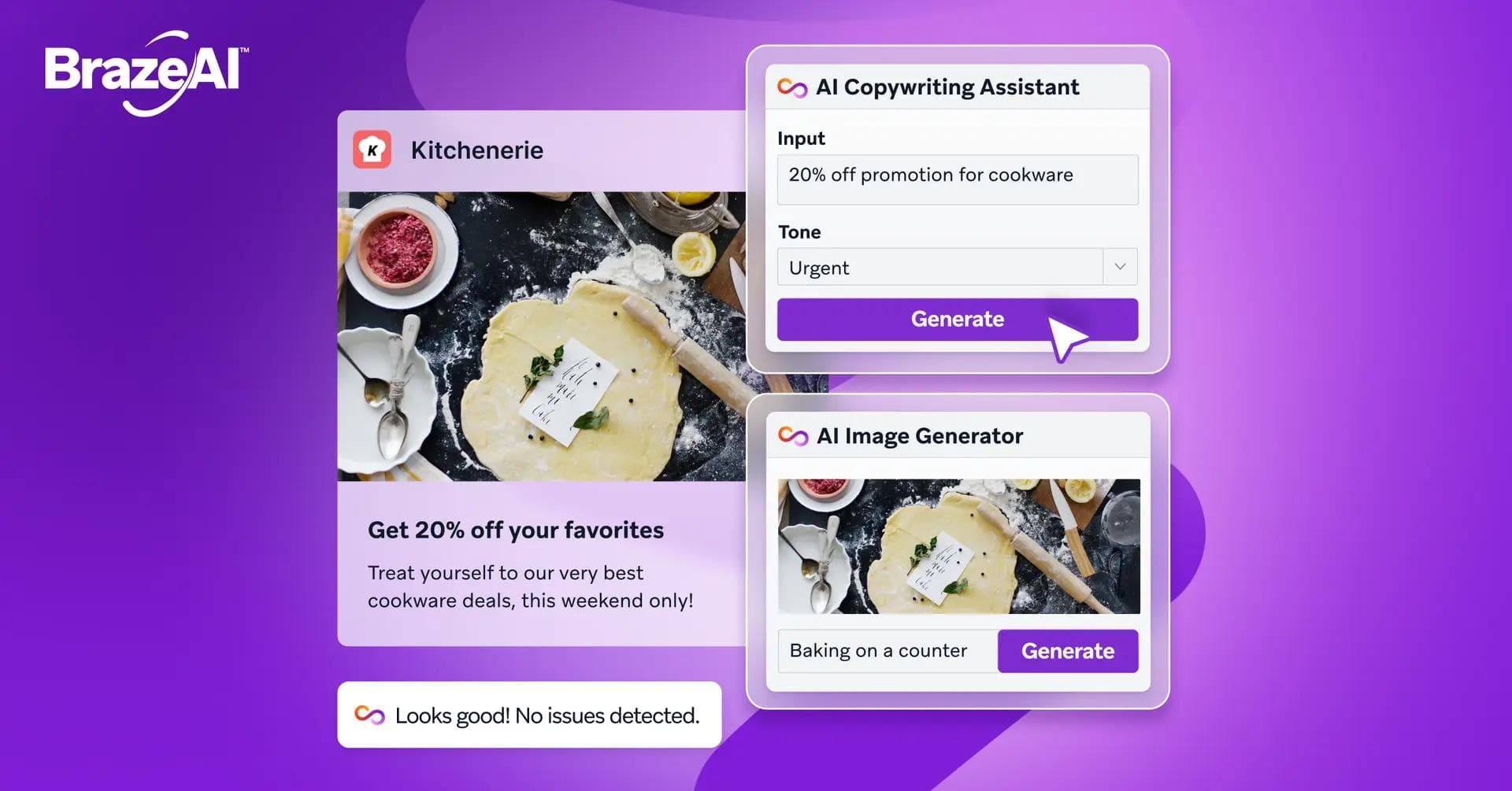
AI Item Recommendations
Braze AI Item Recommendations analyze customer data to predict which products or content each subscriber are most likely to be interested in. By integrating these intelligent recommendations into your campaigns, you can enhance the relevance of your messaging and drive conversions.
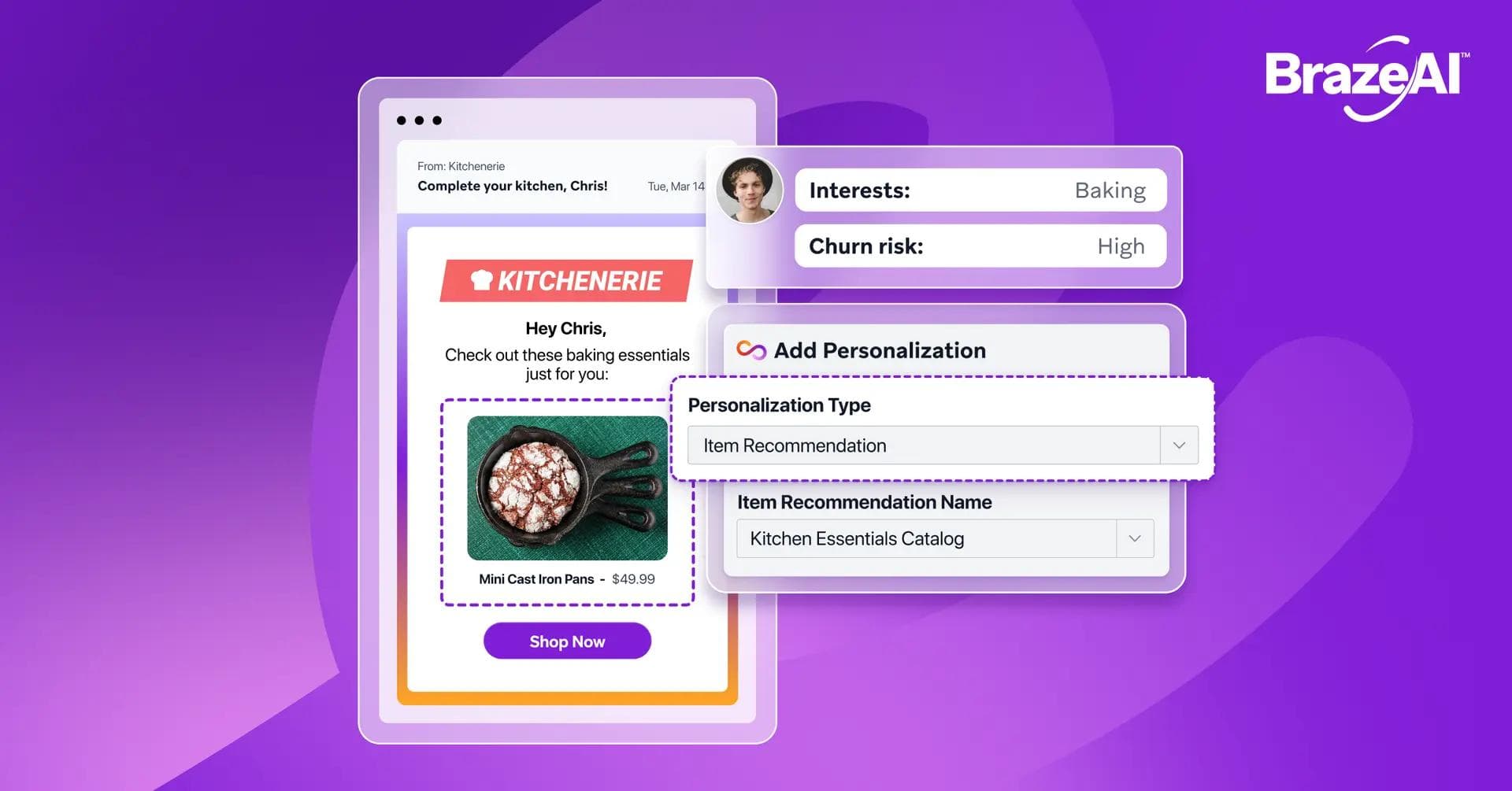
Liquid Assistant
The Liquid Assistant helps simplify the process of using Liquid by generating code based on your personalization needs. This feature allows you to easily incorporate customer attributes into your messages without needing extensive coding knowledge.
Personalized Variant
Braze Personalized Variant uses AI to determine which version of a message is most likely to resonate with each recipient. By sending the most effective variant to each customer, you can optimize engagement and conversion rates.
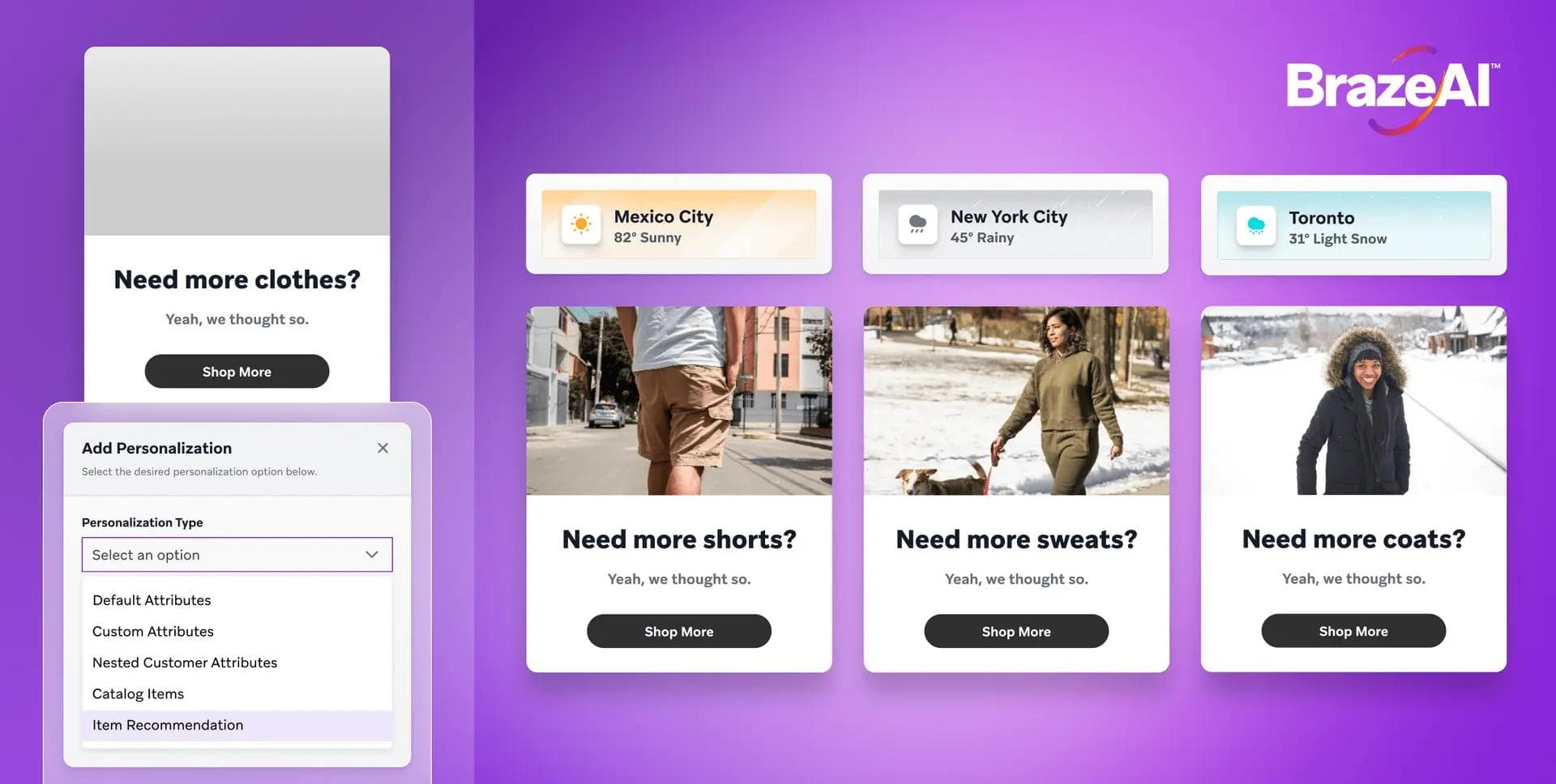
Personalized Paths
Braze Personalized Paths enables marketers to create tailored customer journeys by optimizing each step based on individual preferences and behaviors. This feature allows you to assess the success of different messaging strategies and adjust your approach accordingly.
Predictive Events
Braze Predictive Events leverages AI to identify patterns in customer behavior, allowing you to anticipate future actions. By using these insights, you can create targeted segments and send timely messages that prompt customers to take action.
Intelligent Timing
Braze Intelligent Timing analyzes customer engagement patterns to determine the best times to send messages. By delivering emails when recipients are most likely to engage, you can increase open rates and drive conversions.
Intelligent Channel
Braze Intelligent Channel selects the most effective communication channel for each customer based on their preferences and behaviors. This helps your messages reach recipients through the channels they are most likely to engage with.
Intelligent Selection
Braze Intelligent Selection combines various personalization elements to deliver the right message at the right time and place. This feature uses AI to optimize campaign performance by selecting the most effective version of your message for each recipient.
Download this guide to discover how AI is opening up new opportunities for customer engagement, industry-by-industry AI use cases for customer engagement, and the key AI tools you can use to drive stronger outcomes.
Real-life examples of email personalization strategies
Grubhub creates buzz and engages diners with personalized emails
The Goal
Grubhub, a leading online food-ordering and delivery marketplace, aimed to enhance brand awareness and drive usage among its 30 million diners by launching an engaging personalized email campaign. The initiative focused on creating a year-end summary of diners' Grubhub activity to foster a deeper connection with the brand.
The Solution
To achieve this, Grubhub partnered with Braze, utilizing Braze Content Blocks and Liquid personalization to automate the integration of personalized content. By leveraging detailed diner data, Grubhub designed a dynamic email that showcased each diner’s ordering history, preferences, and interactions with local restaurants. The email was tailored to each recipient, ensuring a unique and engaging experience.
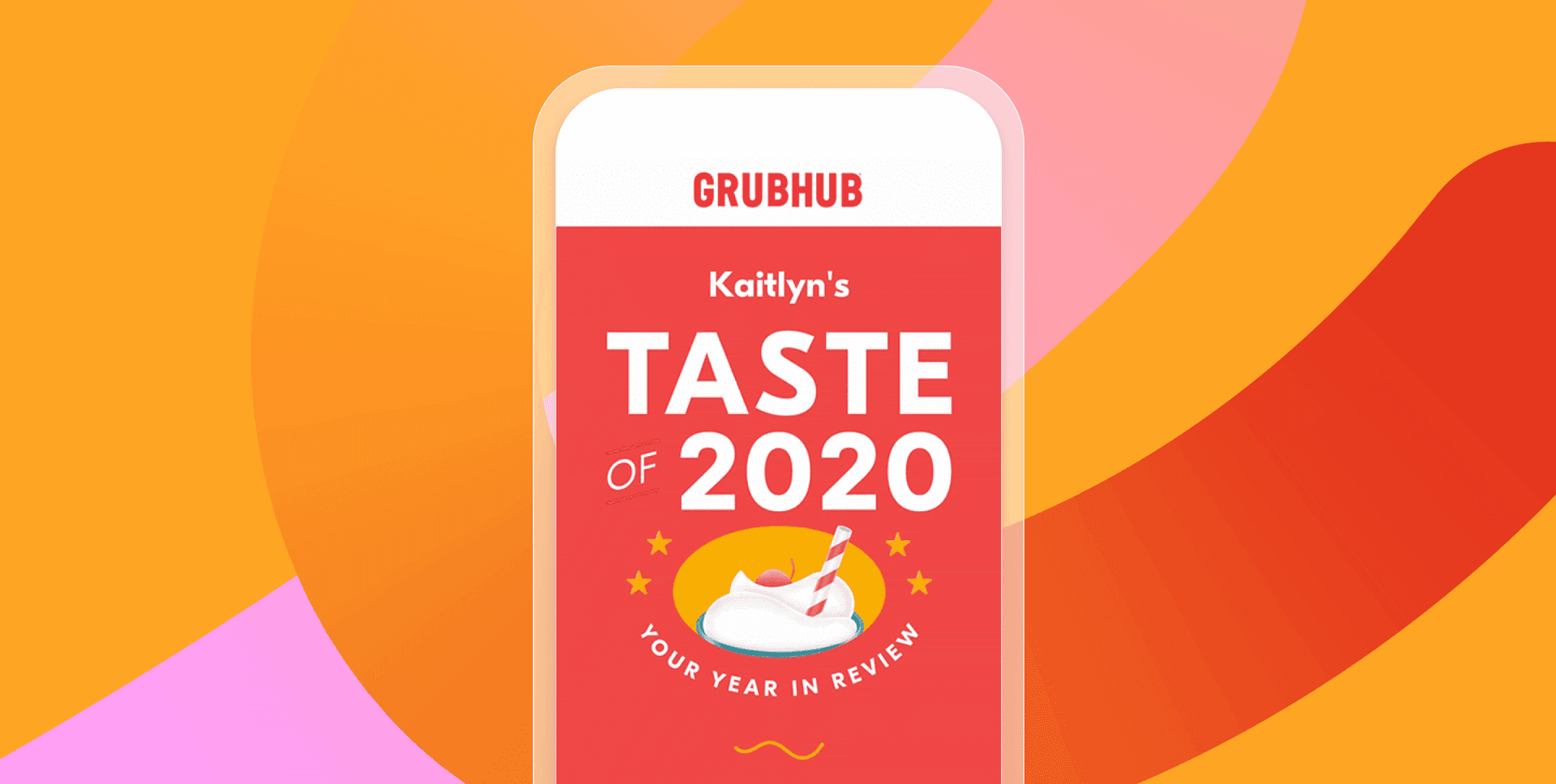
The Results
The campaign proved to be a resounding success, resulting in a 100% increase in social media mentions and an 18% lift in word-of-mouth referrals. Grubhub's Taste of 2020 Year in Review email not only built brand awareness but also significantly boosted engagement among diners, making it one of their most successful campaigns to date.
Luxury Escapes exceeds membership goal by 1.4X for LuxPlus+ with personalized messaging
The Goal
Luxury Escapes, a premier travel brand, aimed to launch its VIP travel club, LuxPlus+, while effectively showcasing membership benefits through personalized email communications. The objective was to dynamically display offer information based on each subscriber’s membership status, encouraging sign-ups from non-members while highlighting exclusive perks for existing members.
The Solution
To achieve this, Luxury Escapes leveraged Braze's powerful tools, including Content Blocks, Advanced Liquid Logic, and Catalogs. By defining subscriber membership status rules and utilizing dynamic content delivery, they created personalized messages that showcased LuxPlus+ benefits such as member-only pricing, bonus inclusions, and early access offers. This approach allowed them to deliver highly relevant experiences tailored to each user at scale.
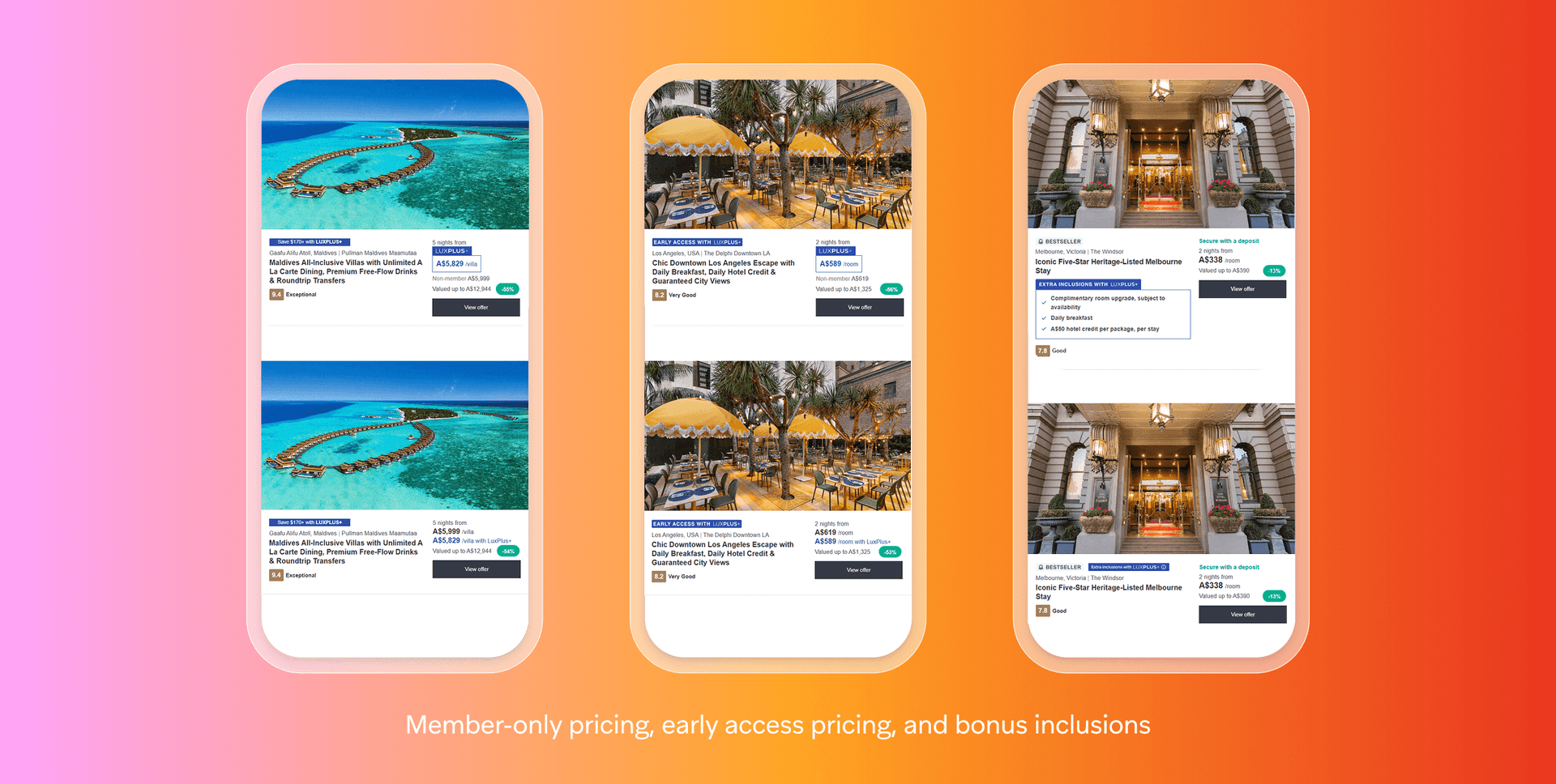
The Results
The LuxPlus+ campaign resulted in a remarkable 10% increase in click-through rates (CTR) for daily newsletter emails and a 100% increase in CTR compared to other full database campaigns. In just the first month, Luxury Escapes achieved 142% of its membership signup goal, demonstrating the effectiveness of their personalized messaging strategy and the ability to engage customers through tailored content.
PureGym generates a 55% open rate with targeted, relevant emails
The Goal
PureGym, the largest gym chain in the United Kingdom, sought to enhance customer loyalty and improve the gym-going experience by delivering timely and relevant email communications to its members. The objective was to ensure that members received important updates about gym improvements and scheduling changes while reducing the workload for the customer service team.
The Solution
To achieve this, PureGym partnered with Braze to integrate the Braze API with its Gym Manager Dashboard. This connection allowed the customer service team to easily set up API-triggered email campaigns and segment messages by location and member type. By creating over 20 email templates for various events—such as refurbishments, gym closures, and class upgrades—PureGym ensured that members received the most relevant information at the right time.
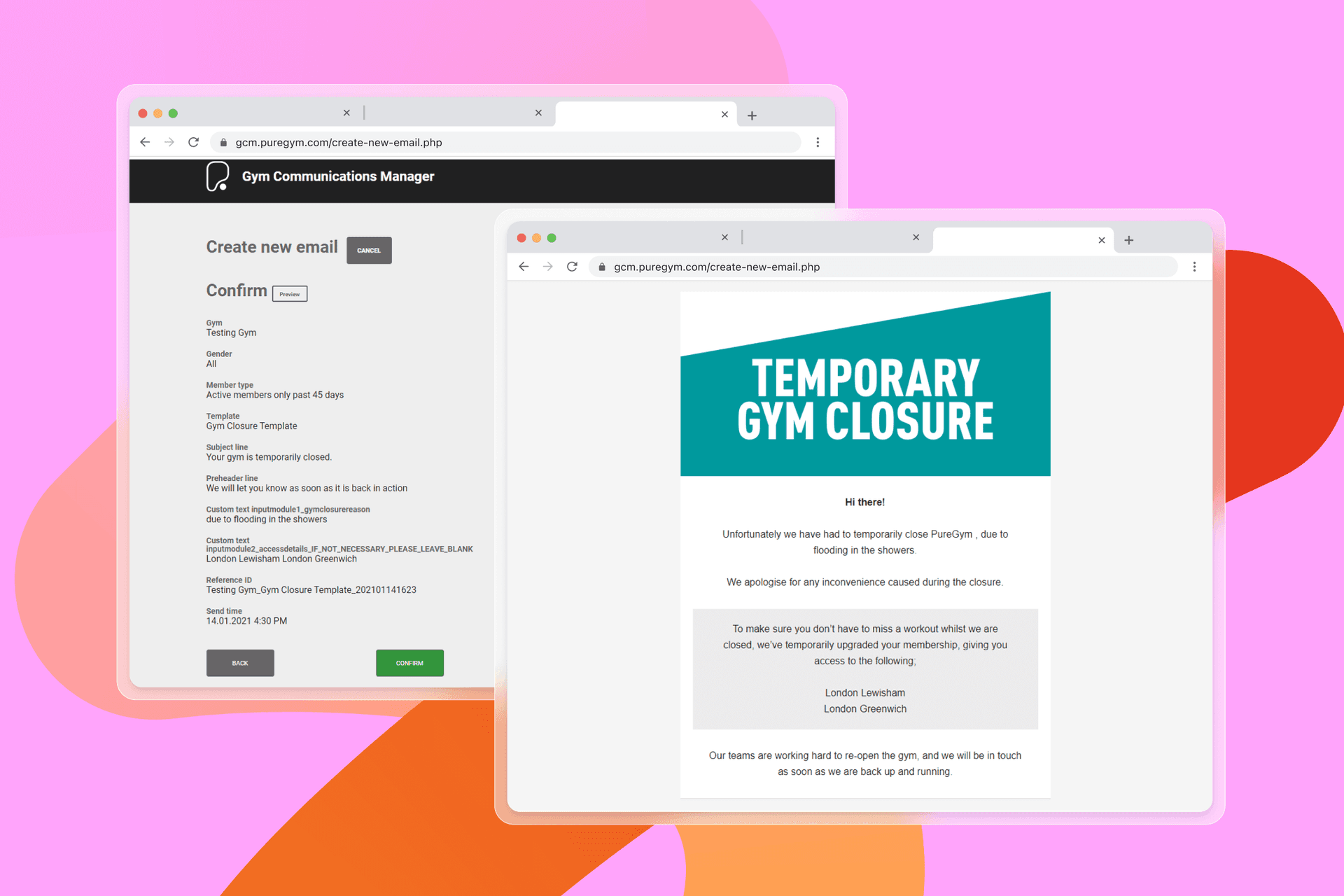
The ResultsThe implementation of targeted email campaigns led to impressive results, with PureGym achieving a 55% open rate for its emails and reaching 129,635 unique recipients. By effectively communicating changes and improvements, PureGym enhanced the member experience and fostered a sense of community among its gym-goers.
Bloom & Wild quickly creates personalized email campaigns with Braze Content Blocks
The Goal
Bloom & Wild, a Europe-based online florist, aimed to enhance customer engagement by creating personalized email campaigns that effectively reached their audience across multiple markets. The challenge was to scale their promotional emails while ensuring they were responsive and easy to iterate.
The Solution
To address this challenge, Bloom & Wild implemented Braze Content Blocks, which allowed them to create easily editable modules within their email messages. This solution enabled the team to customize content without requiring extensive technical knowledge, streamlining the email creation process.
The Results
The use of Braze Content Blocks led to an impressive 85% reduction in build time for email campaigns. Additionally, Bloom & Wild experienced a higher customer response rate and an increase in average order value, significantly enhancing the effectiveness of their personalized messaging strategy.
Conclusion
Personalized emails are more important than ever in today’s competitive landscape. By leveraging data and advanced personalization strategies, marketers can create relevant and engaging experiences that resonate with their audience. With the right tools and techniques, such as those offered by Braze, businesses can effectively implement personalization at scale, driving higher engagement and conversion rates.
FAQs
A personalized email is a message tailored to individual recipients based on their preferences, behaviors, and interactions with a brand. This can include using the recipient's name, recommending products, or delivering content relevant to their interests.
To personalize your emails, start by collecting relevant data about your subscribers, such as their names, preferences, and behaviors. Use segmentation to group your audience and apply personalization tactics like dynamic content, behavioral triggers, and location-based messaging.
You can send personalized emails using a customer engagement platform like Braze. By leveraging tools such as Liquid for dynamic content, segmentation for audience targeting, and AI-driven features for recommendations, you can create and send tailored messages that resonate with your audience.
Tools that help personalize email include data analysis tools to create actionable insights, dynamic content capabilities that allow for real-time customization of messages, and templating languages that enable the integration of customer attributes into emails. Other tools include audience segmentation features that divide recipients into distinct groups based on shared characteristics, as well as AI-driven solutions that provide personalized recommendations and optimize messaging based on user behavior and preferences.
Personalization refers to tailoring email content to individual recipients based on specific data about their preferences, behaviors, and interactions, creating a unique experience for each subscriber. In contrast, segmentation involves dividing the overall audience into distinct groups based on shared characteristics, such as demographics or purchase history, allowing marketers to send targeted messages that resonate with specific segments rather than individualizing content for each recipient.
Related Tags
Be Absolutely Engaging.™
Sign up for regular updates from Braze.
Related Content
View the Blog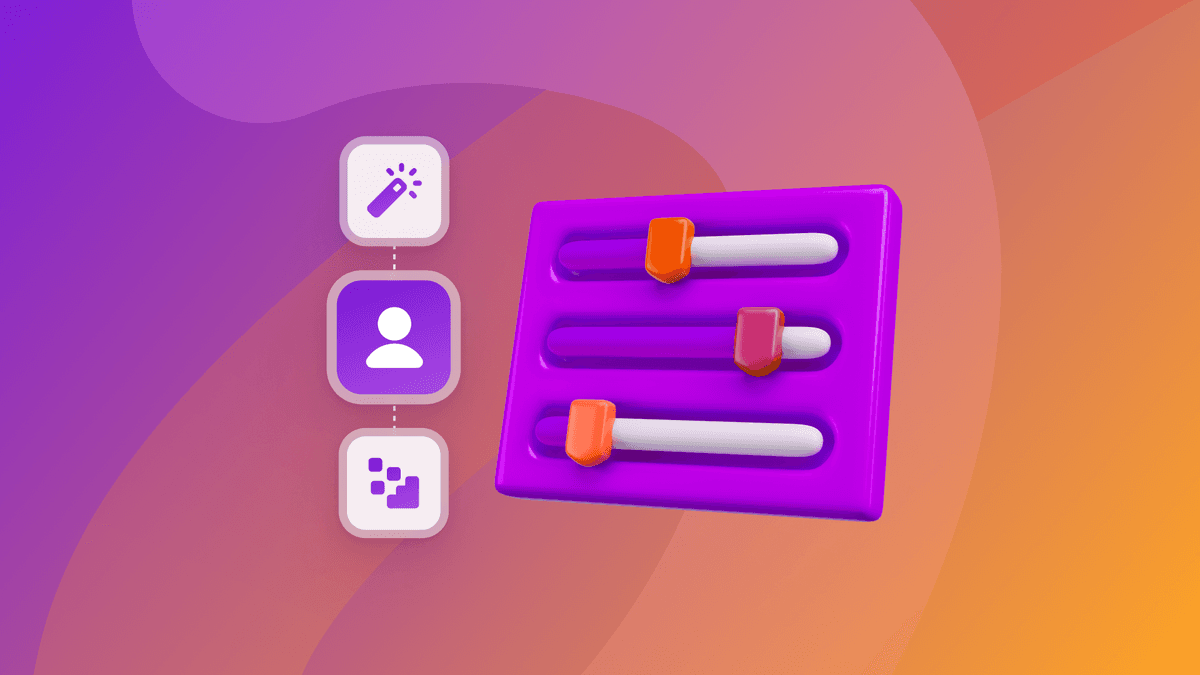
How behavioral marketing turns data into personalized experiences

Team Braze
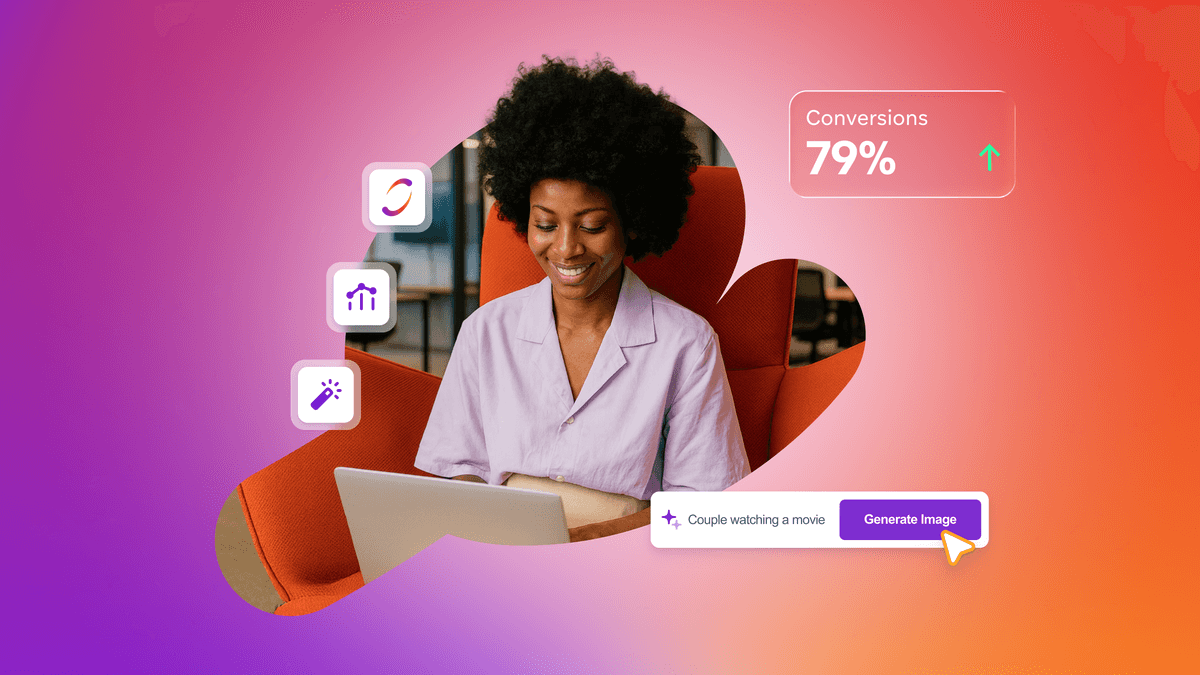
Are you AI-savvy enough to survive? A wake-up call for CMOs

Team Braze
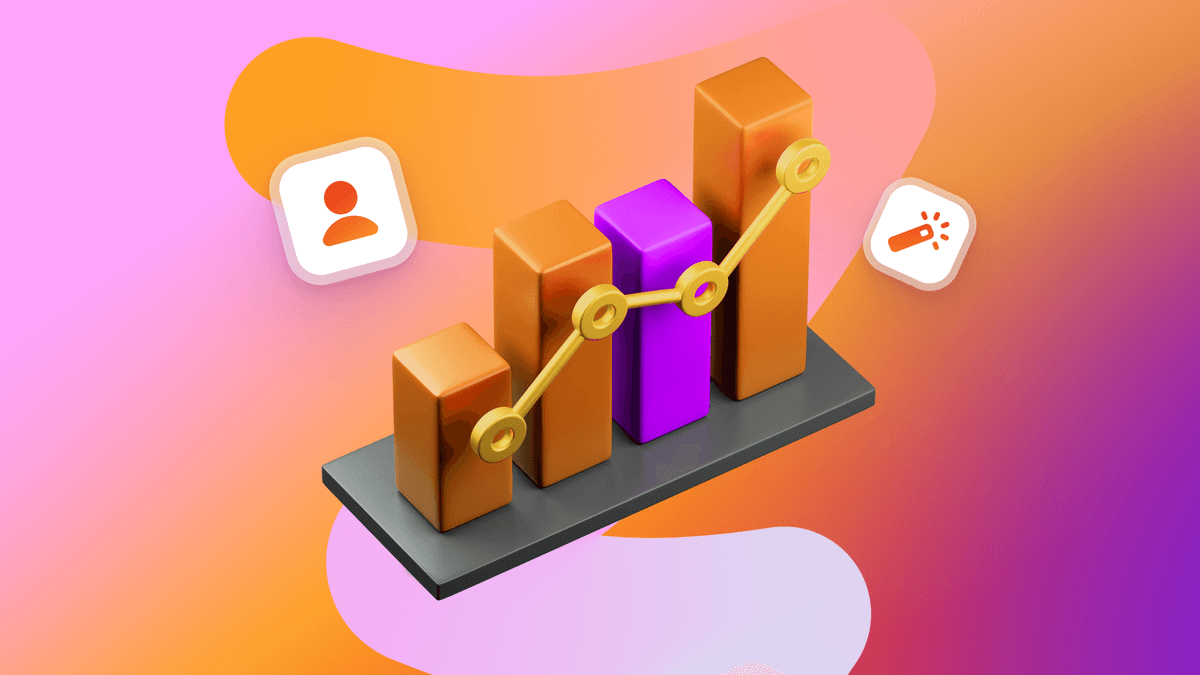
What are contextual bandits? The AI behind smarter, real-time personalization
